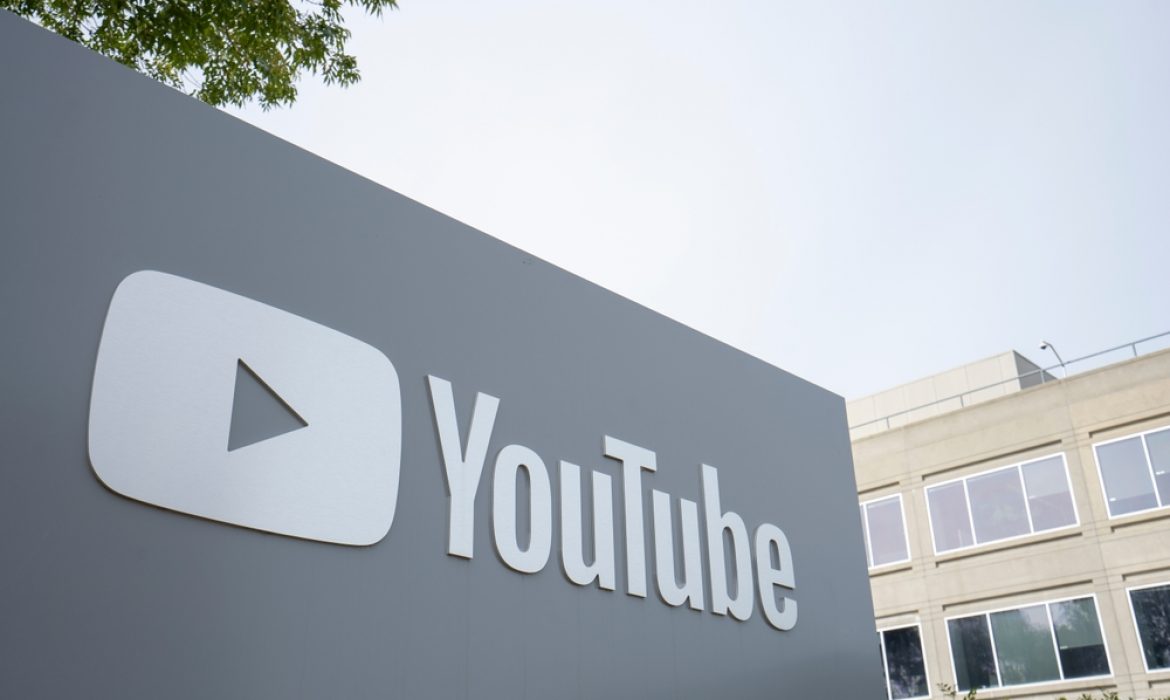YouTube will soon begin prompting iOS users to allow tracking for personalized ads, in compliance with Apple’s App Tracking Transparency (ATT) policy. This move follows the introduction of iOS 14.5, which requires apps to obtain explicit user permission for tracking across other apps and websites. The prompt will present users with a choice between allowing or declining tracking, affecting how ads are tailored on the platform.
Starting soon, iOS users on YouTube will see a one-time notification asking them: “Allow ‘YouTube’ to track your activity across other companies’ apps and websites?” The options available will be:
- Allow: This enables the app to link YouTube activity with activity from non-Google apps and websites, enhancing ad personalization and measurement.
- Ask App Not to Track: This prevents linking activity across different apps and sites, leading to less personalized and potentially more repetitive ads.
Users who opt to allow tracking can expect a more tailored ad experience, as their activities will be used to show ads that better reflect their interests. According to YouTube, this linking of activity helps provide more accurate ad measurements, ultimately benefiting content creators by enhancing advertiser performance.
“We’re confident that this will help us provide a high-quality, helpful ads experience for users, while also benefiting creators,” said a YouTube spokesperson. Users will be able to change their tracking preferences at any time via iOS settings, under Privacy & Security > Tracking.
This new prompt will not appear for YouTube Premium subscribers or for users with child accounts. YouTube emphasizes that opting into tracking is intended to improve ad relevance, though users who decline will still see ads, but they may be less relevant and more repetitive.
This update aligns with Google’s strategy to adapt to Apple’s privacy-centric policies while maintaining a balance between user privacy and advertising effectiveness. In 2021, Google ceased certain tracking methods to comply with Apple’s requirements without showing the ATT prompt, but YouTube’s new approach represents a more direct engagement with the policy.
It’s important to note that this tracking permission only applies to non-Google apps and websites. Google will continue to use its first-party data for ad personalization on YouTube and other Google properties if users have enabled personalized ads in their account settings.
For further details on this update, you can read the full article on 9to5Google.
